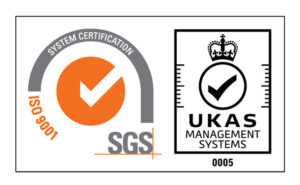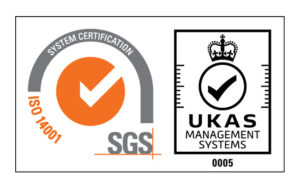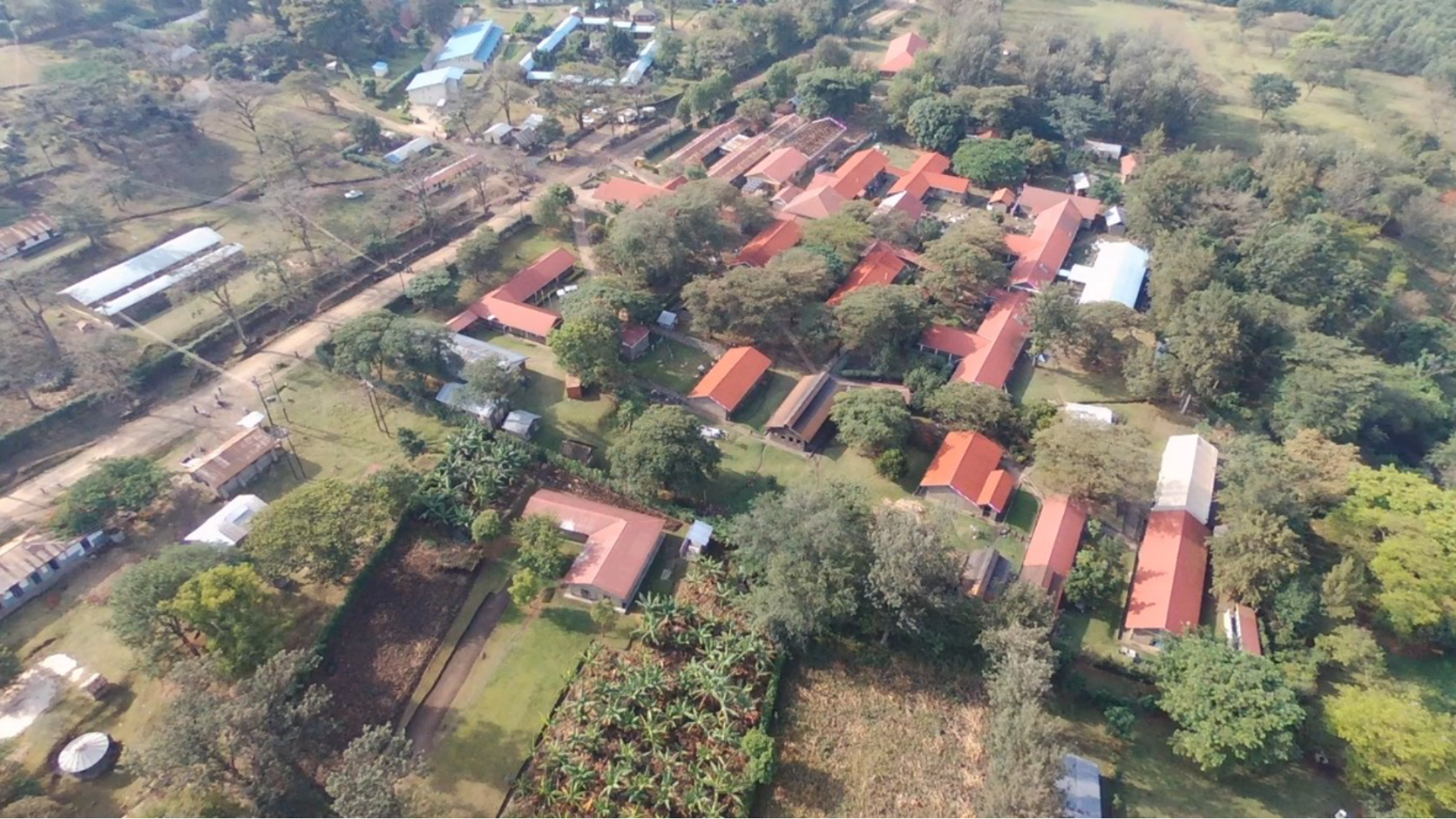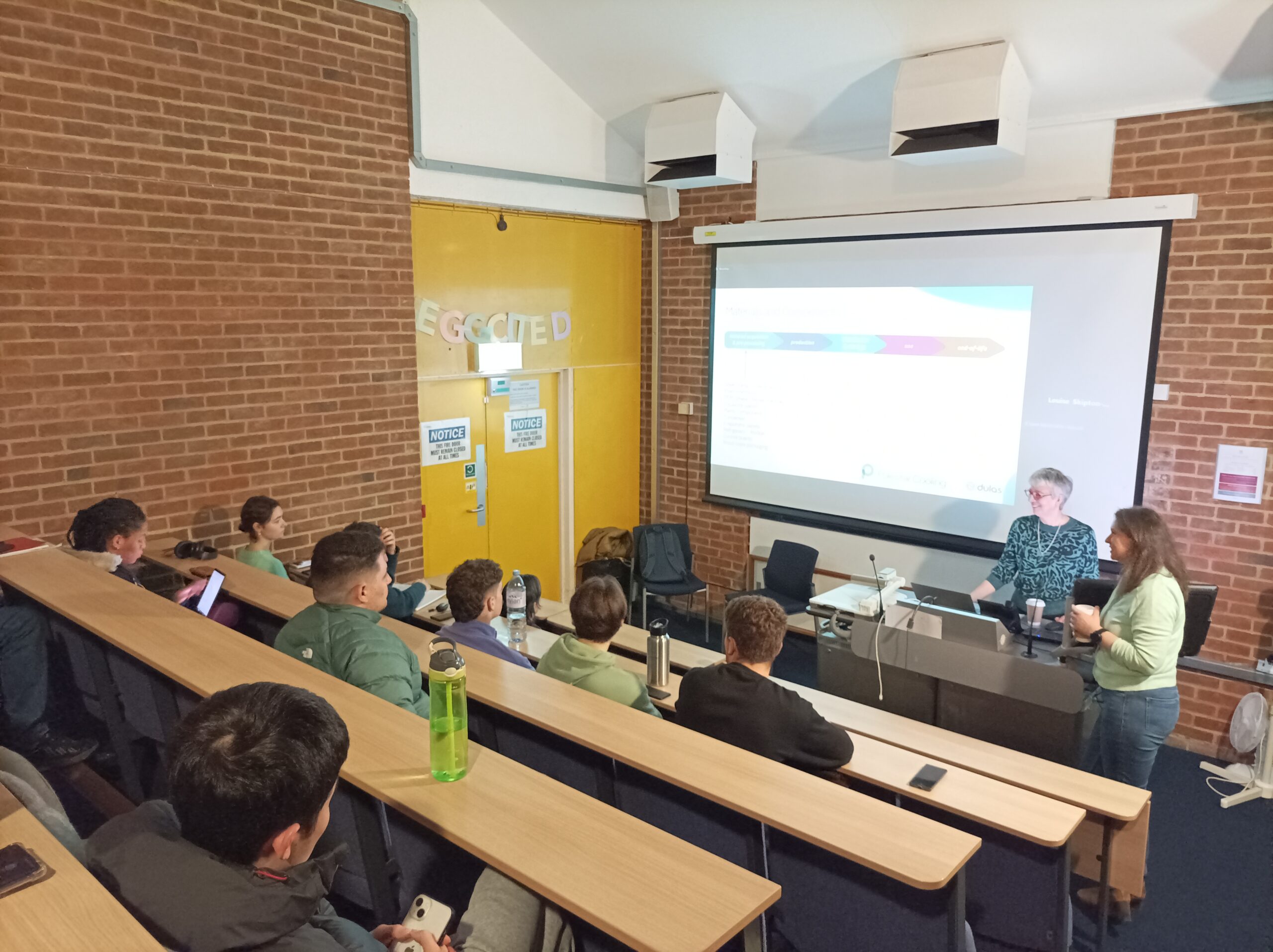Hydro Energy
Over the past four decades, Dulas has worked with a range of project partners, from large developers and utilities to private landowners. We are recognised as one of the leading hydropower companies in the UK.
Our solid industry credentials mean that we can offer a host of different services across all aspects of a hydro project – from early planning application support and site design, right through to contractor management, installation and operations and maintenance.
Maintaining and protecting your investment
Dulas can help you to optimise all stages of your project to maintain and maximise profitability. If you have a development that you feel is not performing as it should, our expert consultants can assess your project, to ensure that it is operating to its full potential.
Additionally, Dulas can help repair hydro systems that have suffered technical failure, troubleshooting and refurbishing where necessary. As well as bringing your asset back to life, we are experts in the optimisation of systems to ensure they deliver longevity and maximise their performance.
Products & Services
Frequently asked questions about hydro power
Get in touch
For any hydro related enquiry, please use the contact form below to get in touch with one of our experts.







